All Stories
-
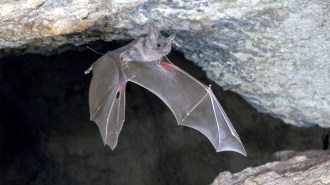 Animals
AnimalsBats wearing tiny mics reveal how the fliers avoid rush hour collisions
As thousands of bats launch nightly hunting, the cacophony of a dense crowd should stymie echolocation, a so-called “cocktail party nightmare.”
By Susan Milius -
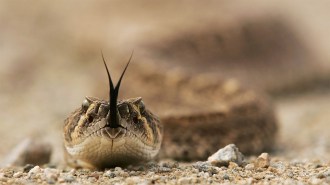 Animals
AnimalsSnakes are often the villains. A new book gives them a fair shake
From demon to danger noodle, human ideas about snakes can be as contradictory as the creatures themselves. In Slither, Stephen S. Hall challenges our serpent stereotypes.
-
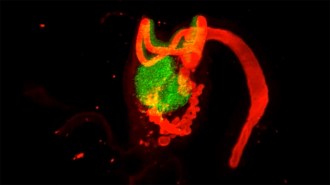 Health & Medicine
Health & MedicineAn overlooked organ may help the ovary function
No longer considered functionless, the “rediscovered” rete ovarii may be crucial for understanding “unexplainable” infertility and ovarian disorders.
-
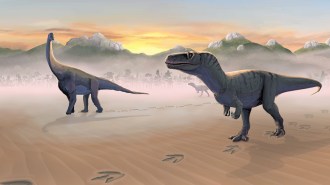 Paleontology
PaleontologyScotland’s Isle of Skye was once a dinosaur promenade
New dinosaur fossil tracks on the Isle of Skye reveal that the once-balmy environment was home to both fierce theropods and massive sauropods.
-
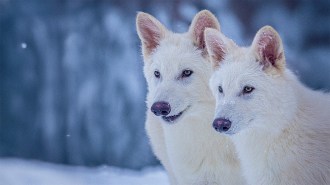 Animals
AnimalsThe story of dire wolves goes beyond de-extinction
Some question whether the pups are really dire wolves, or just genetically tweaked gray wolves. But the technology could be used to help at-risk animals.
By Meghan Rosen -
 Particle Physics
Particle PhysicsNeutrinos’ maximum possible mass shrinks further
The KATRIN experiment in Germany nearly halved the maximum possible mass for neutrinos, setting it at 0.45 electron volts.
-
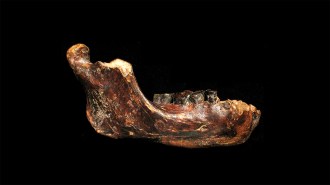 Anthropology
AnthropologyDenisovans inhabited Taiwan, new fossil evidence suggests
An expanding geographic range for these close Neandertal relatives leaves Denisovans' evolutionary status uncertain.
By Bruce Bower -
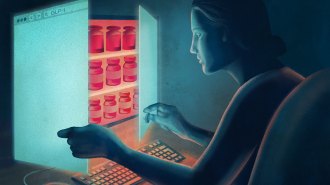 Health & Medicine
Health & MedicineA shadowy market for weight-loss drugs has emerged online
People are buying semaglutide and tirzepatide, the key ingredients in Ozempic and Zepbound, from unconventional sources. Doctors have safety concerns.
By Meghan Rosen -
 Neuroscience
NeuroscienceMemory manipulation is the stuff of sci-fi. Someday it could be real
Experiments point to how scientists can strengthen or weaken memories, which may eventually lead to treatments for Alzheimer’s disease or PTSD.
-
 Climate
ClimateA lush, green Arabian Desert may have once linked Africa and Asia
Mineral formations in caves reveal recurring periods of humidity in the Arabian Desert over the last 8 million years.
-
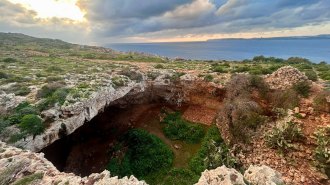 Archaeology
ArchaeologyStone Age hunter-gatherers may have been surprisingly skilled seafarers
New archaeological finds in Malta add to an emerging theory that early Stone Age humans cruised the open seas.
-
 Computing
ComputingNew computer chips do math with light
Two companies have announced photonic devices that could solve specific real-world problems faster and with less energy than conventional computers.